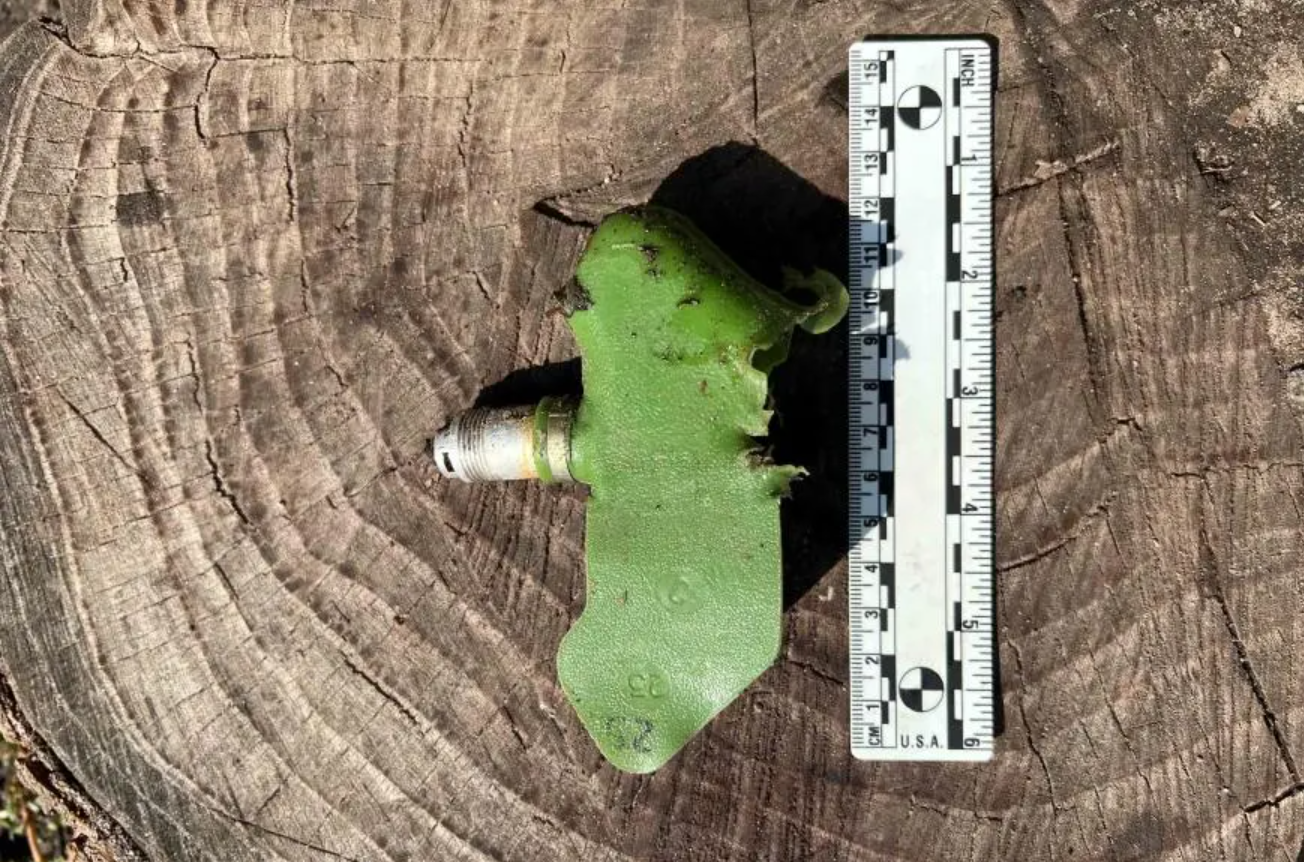
Source Human Rights Watch
KIEV, Ukraine- Ukraine should investigate its military’s apparent use of thousands of rocket-fired antipersonnel landmines in and around the eastern city of Izium when Russian forces occupied the area, Human Rights Watch said today.
Human Rights Watch documented numerous cases in which rockets carrying PFM antipersonnel mines, also called “butterfly mines” or “petal mines,” were fired into Russian-occupied areas near Russian military facilities. Ukraine is a state party to the 1997 Mine Ban Treaty, which prohibits any use of antipersonnel mines.
Russian forces have used antipersonnel mines in multiple areas across Ukraine, including victim-activated booby traps, since its full-scale invasion of Ukraine on February 24, 2022. Human Rights Watch previously published three reports documenting Russian forces’ use of antipersonnel landmines in Ukraine in 2022.
“Ukrainian forces appear to have extensively scattered landmines around the Izium area, causing civilian casualties and posing an ongoing risk,” said Steve Goose, Arms Division director at Human Rights Watch.
While most types of antipersonnel mines are emplaced by hand, the PFM antipersonnel mines used in and around Izium operate only when scattered by aircraft, rockets, and artillery, or when fired from specialized vehicles or launchers.
The Russian military seized Izium and the surrounding areas by April 1 and exercised full control there until early September when Ukrainian forces began a counteroffensive. During their occupation, Russian forces arbitrarily detained, interrogated and tortured residents, and in some cases forcibly disappeared and killed civilians.
Human Rights Watch conducted research in the Izium district from September 19 to October 9, interviewing over 100 people, including witnesses to landmine use, victims of landmines, first responders, doctors, and Ukrainian deminers.
Human Rights Watch documented PFM mine use in nine different areas in and around Izium city and verified 11 civilian casualties from these mines.
Healthcare workers said that they treated nearly 50 civilians, including at least five children, who were apparently injured from antipersonnel mines in the area during or after the Russian military occupation.
“They are everywhere,” one Ukrainian deminer said, referring to PFM mines in the Izium area. Deminers estimated it could take decades to clear the area of landmines and other unexploded ordnance.
Human Rights Watch saw physical evidence of PFM antipersonnel mine use in seven of the nine areas in and around Izium. This includes unexploded mines, remnants of mines, and the metal cassettes that carry the mines in rockets.
In six of the nine areas, witnesses described attacks consistent with landmines delivered by rocket artillery. In three locations in the Izium area, Human Rights Watch saw how the rocket motor of an Uragan-series artillery rocket, which can be used for mine dispersal, was lodged in the ground or had hit a building in such a way that indicated it had come from the direction where Ukrainian forces controlled territory, and were within the 35-kilometer maximum range of these rockets, at the time of the attack.
The nine areas were all close to where Russian military forces were positioned at the time, suggesting they were the target. Russian forces were retreating from these positions in early September, but witnesses said that the two attacks Human Rights Watch documented on September 9 and 10 occurred when Russian forces were still present in those areas.
More than 100 residents of Izium and the surrounding area said that Russian forces or occupation authorities posted and distributed flyers to warn of the landmine danger.
Human Rights Watch has documented Russia’s use of other kinds of antipersonnel mines in Ukraine but has not verified claims of Russian forces using PFM mines in the armed conflict.
The 1997 Mine Ban Treaty comprehensively bans antipersonnel mines and requires destruction of stocks, clearance of mined areas, and assistance to victims. Ukraine signed the Mine Ban Treaty on February 24, 1999, and ratified it on December 27, 2005.
Ukraine inherited a substantial stockpile of antipersonnel mines after the breakup of the Soviet Union. It destroyed more than 3.4 million antipersonnel mines between 1999 and 2020, including PFM mines. In 2021, Ukraine reported to the UN secretary-general that 3.3 million stockpiled PFM mines still need to be destroyed.
Under Article 20 of the Mine Ban Treaty, a state party engaging in armed conflict is not allowed to withdraw from the treaty before the end of the armed conflict. The treaty is also not subject to reservations.
Human Rights Watch submitted a series of questions about PFM anti-personnel landmine use in and around Izium to the Ukrainian Ministries of Defense and Foreign Affairs and the Office of the President on November 3, and requested a meeting. Human Rights Watch also contacted multiple officials in the government to facilitate a meeting.
On November 23, the Defense Ministry provided a written response, saying that the military abides by its international obligations, including the prohibition of the use of any antipersonnel mines, but without addressing any of the questions about PFM mine use in and around Izium, noting that “information on the types of weapons used by Ukraine ... is not to be commented on before the war ends.”
At the Mine Ban Treaty’s 20th Meeting of States Parties on November 24, 2022, Ukraine said it is a “responsible party” to the treaty and “never considered” using its antipersonnel mine stocks for defensive purposes.
Ukraine should recommit to the Mine Ban Treaty’s strict prohibitions, open an investigation into the recent apparent use of PFM antipersonnel mines, hold those responsible to account, and take steps to secure and destroy its stocks of antipersonnel mines, Human Rights Watch said.
Russia should stop using antipersonnel landmines due to their indiscriminate nature, investigate their forces' use of them, and join the Mine Ban Treaty, Human Rights Watch said.
Human Rights Watch co-founded and chairs the International Campaign to Ban Landmines (ICBL), a 1997 Nobel Peace Prize co-laureate.
“Any use of antipersonnel landmines is unlawful, and Ukraine should thoroughly investigate what happened and ensure its forces do not use them,” Goose said. “Authorities should also ensure that assistance is provided to any civilian or their family found to have been harmed or killed by these indiscriminate weapons.”
PFM mines, also called “petal” or “butterfly” mines, are small plastic blast mines that are fired into an area, land on the ground and detonate when pressure is applied to the body of the mine, for example when someone steps on it. The PFM mine can also detonate upon being handled or moved.
All the witnesses interviewed described the same type of mine. Some described the mine’s colors, physical characteristics, and the way it operated.








0 Comments
LEAVE A REPLY
Your email address will not be published